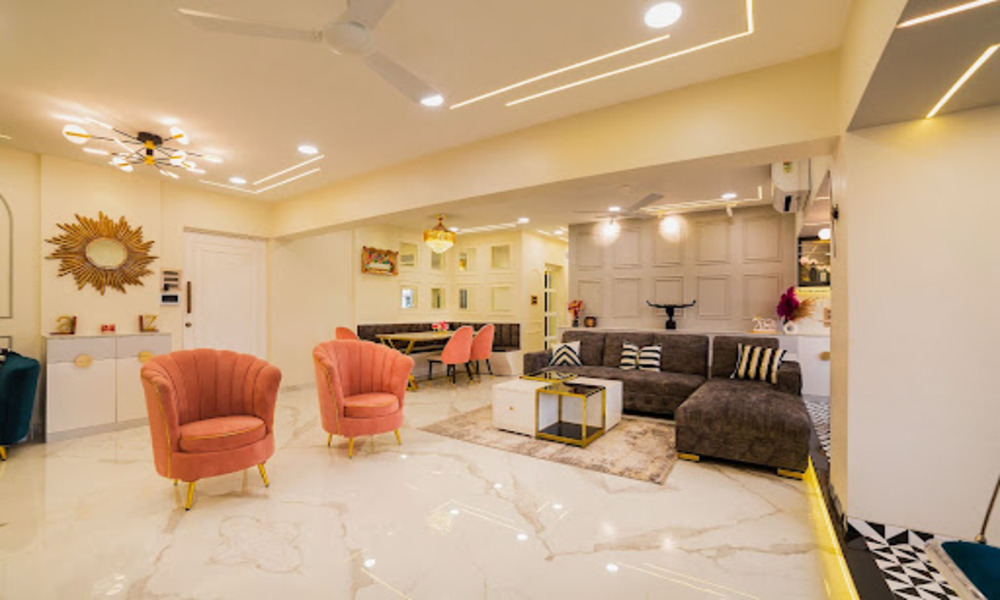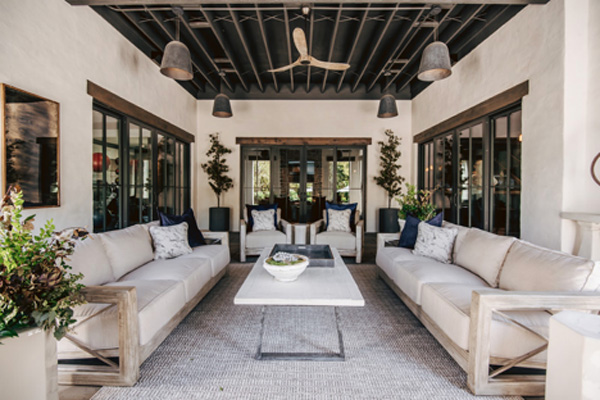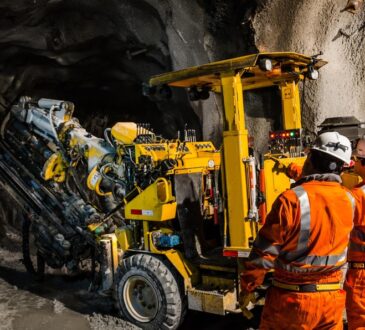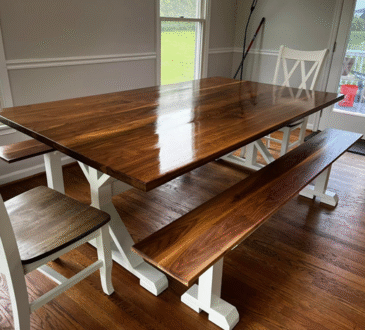
In recent years, there has been a growing trend towards multigenerational living spaces, where multiple generations of a family live together under one roof. This arrangement provides a unique opportunity for family members to build stronger bonds, share responsibilities, and create a supportive environment for everyone involved. By designing living spaces that cater to the needs of different generations, families can ensure harmony and connection in their daily lives.
The Benefits of Multigenerational Living Spaces
There are numerous benefits to embracing multigenerational living spaces. Firstly, it allows for the sharing of expenses, making it more financially feasible for everyone involved. By pooling resources, families can afford larger homes or create separate living areas within a single dwelling. This arrangement not only reduces financial strain but also allows for a higher quality of life for all family members.
Another advantage of multigenerational living spaces is the opportunity for increased support and caregiving. Elderly family members can receive assistance with daily tasks and medical needs, reducing the need for outside care. Likewise, younger family members can benefit from the wisdom and guidance of their older counterparts. This intergenerational interaction fosters a sense of community and promotes mutual respect and understanding.
Designing Multigenerational Living Spaces

When designing multigenerational living spaces, it is essential to consider the specific needs and preferences of each generation. Flexibility is key, as the living arrangement should be adaptable to accommodate changing circumstances and individual requirements. Here are some key design considerations:
- Separate Living Areas: Creating separate living spaces with private bedrooms, bathrooms, and living areas ensures that each generation has their own personal space for privacy and relaxation.
- Shared Common Areas: Designing shared spaces, such as a large kitchen, dining area, or family room, encourages interaction and bonding among family members.
- Accessibility: Incorporating universal design principles, such as wider doorways, grab bars, and ramps, ensures that the living spaces are accessible and safe for all family members, including older adults or individuals with disabilities.
- Flexible Layouts: Opting for open floor plans and adaptable furniture arrangements allows for easy modifications to accommodate changing needs or preferences.
- Private Retreats: Including smaller, quiet spaces like a reading nook or a garden allows family members to have some alone time and engage in activities that bring them joy.
The Importance of Communication and Boundaries
While multigenerational living spaces offer many benefits, it is crucial to establish clear communication and boundaries to maintain harmony within the household. Regular family meetings can provide a platform for open dialogue, where concerns and expectations can be discussed openly and respectfully. It is essential to recognize and respect each family member’s autonomy and privacy, ensuring that everyone feels comfortable and valued.
Additionally, creating a shared calendar or schedule can help coordinate activities and responsibilities, ensuring that everyone’s needs are met without overwhelming any one person. By fostering a culture of open communication and mutual respect, multigenerational living spaces can thrive and provide a nurturing environment for all family members.
Multigenerational living spaces offer a unique opportunity for families to come together, support one another, and create lifelong memories. By designing living spaces that cater to the needs of different generations and fostering open communication and respect, families can ensure a harmonious and connected environment. Embracing the benefits of multigenerational living can truly enhance the quality of life for everyone involved.




